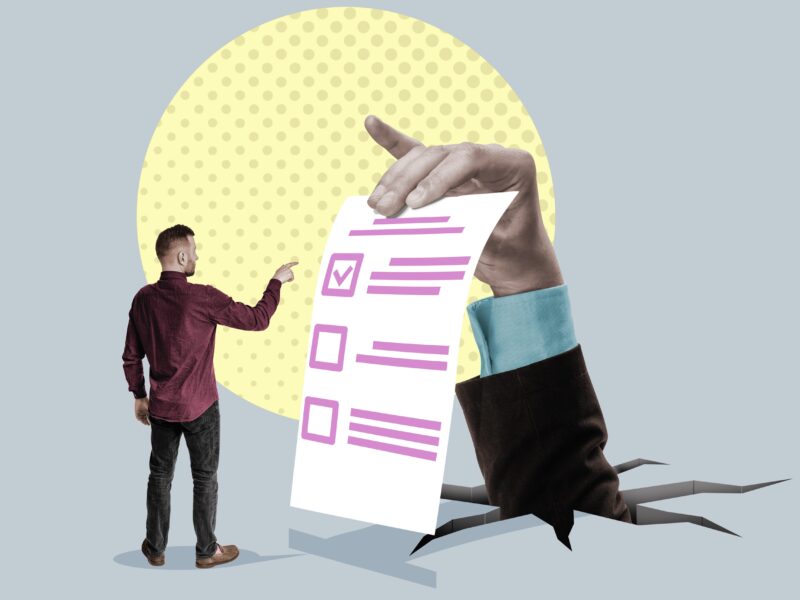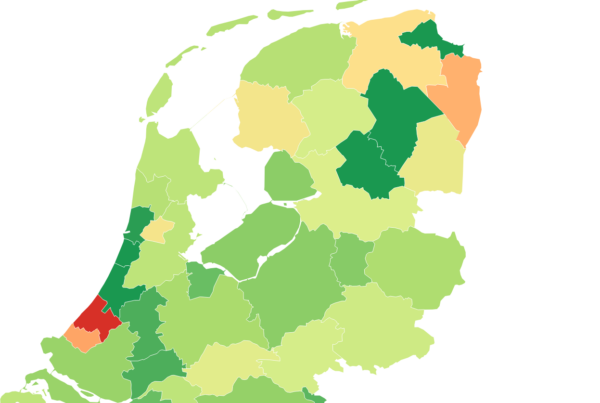- Facebook whistleblower Frances Haugen shined a light on the original sin of Big Tech.
- Algorithms keep people, especially kids, hooked onto their platforms.
- To spur action, the United States must measure the real-life harms caused by online disinformation.
- Mark Nitzberg is executive director of the UC Berkeley Center for Human-Compatible AI.
- This is an opinion column. The thoughts expressed are those of the author.
In the wake of Facebook whistleblower Frances Haugen’s powerful testimony to Congress, there’s been an understandable uproar. It’s clearer than ever that the social media giant has failed to address the spread of hate, disinformation, and other dangerous messaging on its platforms, and arguably incentivized this kind of content for profit.
Part of what made Haugen so effective was that she shined a light on what makes Facebook keep doing so many things wrong. It’s what makes some other platforms so problematic as well: The core design is an ad-supported effort to keep people glued. This is the original sin of Big Tech.
“I saw that Facebook repeatedly encountered conflicts between its own profits and our safety,” she said in her opening statement to Congress. “Facebook consistently resolved those conflicts in favor of its own profits.”
Haugen also emphasized that Facebook won’t police itself. We need new “regulatory frames” that include transparency, she said. “On this foundation, we can build sensible rules and standards to address consumer harms, illegal content, data protection, anticompetitive practices, algorithmic systems and more. As long as Facebook is operating in the dark, it is accountable to no one.”
As executive director of the Center for Human-Compatible AI (CHAI) at Berkeley, I’m part of a team exploring the technical underpinnings of a new model of AI that can curb the spread of dangers from Big Tech. In a new paper, my colleague Camille Carlton and I lay out key technological solutions. We focus specifically on disinformation, a national crisis fueling the January 6 insurrection, COVID-19 misinformation, and much more. Some steps we recommend could be taken by the government and others could be taken by tech companies themselves, with regulators ensuring that these platforms pull through.
Measure real-life harms
To build the popular will for action against all kinds of disinformation, the nation needs to quantify its dangers. We should use algorithms to discover the answers to numerous questions. How many people believe and share dangerous lies and conspiracy theories? How many are joining online extremist groups? How many people charged and convicted of violence were inspired by online content? Similarly, among people who are unvaccinated for COVID-19, how many were exposed to disinformation online?
It's often impossible to prove causation between online content and real-life action. But correlation is still very telling. When there's a proliferation of lies largely pushed by influencers on Facebook, do people fueled by such lies engage in more violence? The more we see this year-round (not just in analyses of January 6), the more clear the real-life harms of online content will be.
One step in the right direction is the Protecting Americans from Dangerous Algorithms Act. As Democratic Rep. Tom Malinowski of New Jersey explained, it would amend Section 230 "to remove liability immunity for a platform if its algorithm is used to amplify or recommend content directly relevant to a case" involving interference with civil rights or acts of terrorism. The Act would make clear that platforms spreading such content contribute to real-life harm.
Use integrity scores to 'throttle' algorithms
In the past, someone might be able to spout lies on a street corner and reach a dozen people. Now, that same person can spread lies online and reach millions of people instantly.
Platform companies should track how often an account posts disinformation, and create integrity scores. Posts from low-score profiles would be less widely disseminated. Similarly, when a post is found to contain falsehoods, rather than simply adding a note to the post, throttle its dissemination to reduce views. Tech platforms already use algorithms to determine how high up a post is in someone's feed. A post from an untrustworthy account or containing false information, should be deprioritized, receiving placement far beneath other posts, leaving it much less likely to be seen.
Establish track and trace
When disinformation is spreading online, tech companies don't always know where it came from. It's time to track disinformation with the same intensity that we do with a virus. Find where it originated, and use that information to throttle or shut down the account. As Carlton and I explain, this can be done with the help of "clustering," a technical method to group posts with similar language. Researchers at Cornell and MIT have created programs to help achieve that.
Also, platforms should find out who was exposed to the disinformation and reach out to every account automatically. Twitter did this to a small degree when it notified users who had interacted with tweets from the Internet Research Agency (IRA), which pushes Russian propaganda.
There are plenty of questions as to how to enact such changes fairly. There will always be debates about what content counts as "dangerous," and who gets to decide. But as the German Marshall Fund of the United States noted last year, "The choice is not between a 'truth police' or total abdication of a democracy's responsibility to protect the integrity of its information ecosystem. Commonsense policy actions would go a long way to secure access to reliable information and disrupt the disinformation arms race without compromising free expression."
It's time to end the whack-a-mole system in which Facebook handles dangerous content one post at a time. The same technologies that power the platform can be used to make it better - and build a stronger future.










